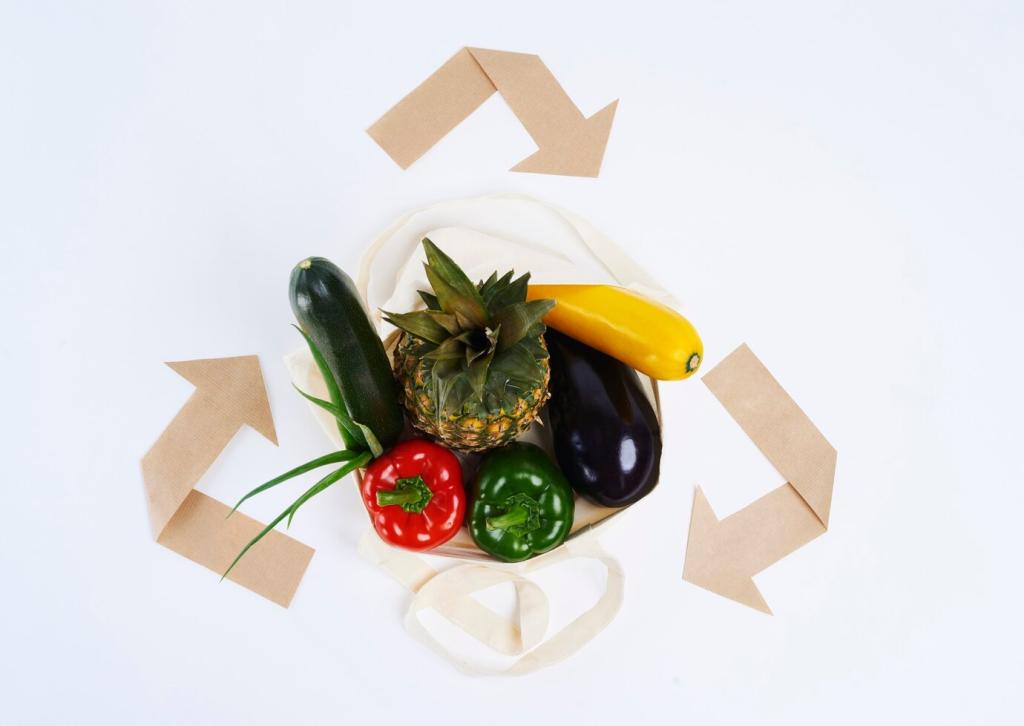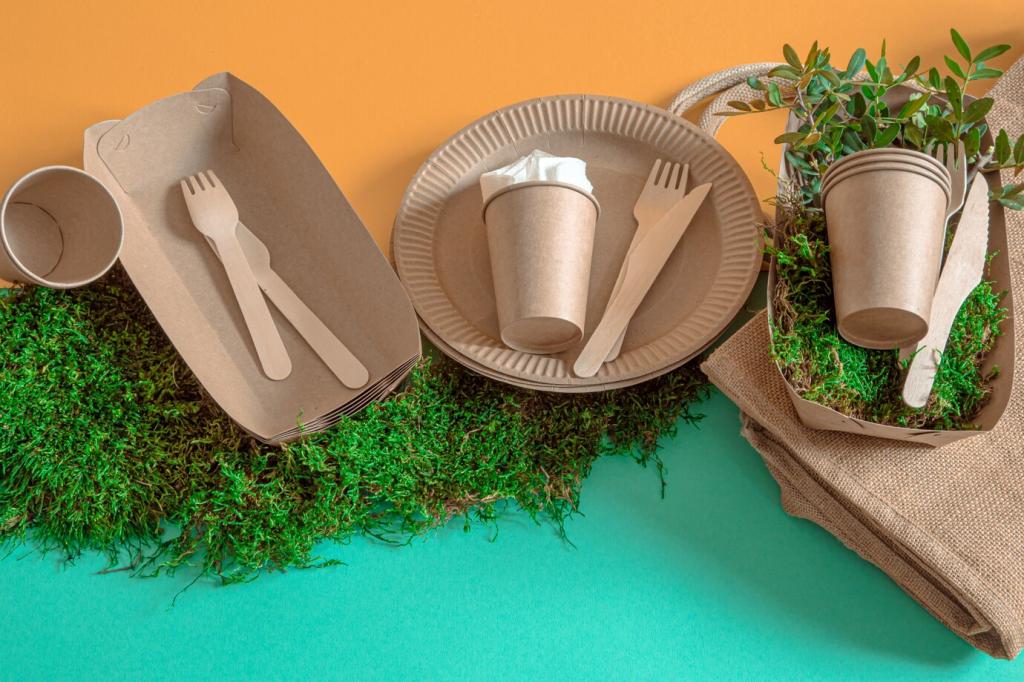Recycled Metals and Glass That Close Loops
Recycled aluminum can deliver comparable performance with dramatically lower energy demand than primary production. Choosing high-recycled-content cans, frames, and components cuts emissions while keeping valuable material circulating productively.
Recycled Metals and Glass That Close Loops
Steel and copper are endlessly recyclable without losing essential properties. Product designers can maximize recovery with standardized fasteners, clear labeling, and take-back programs that reward returning metal-rich components at end of life.




